Have you ever dreamt of taking to the skies in your very own helicopter? With home built helicopter it is very possible. Imagine the thrill of soaring above the ground.
At first what is home built helicopter? This is a helicopter mostly design and built at home by individual or group of people.
Contents
Feeling the wind rush through your hair as you navigate through the clouds. With home built helicopter, this dream can become a reality.
From kit helicopters to custom-built machines, we will explore the challenges and rewards that come with constructing your home built helicopter from scratch.
Whether you’re a seasoned aviation enthusiast or a curious beginne. This article will provide valuable insights into how you can fulfill your dream of flying in a DIY helicopter.
Join us as we discuss everything from choosing the right frame and getting training to exploring different brands and phases of construction.
Get ready to embark on an exciting journey where you have full control over every aspect of your aircraft.
Stay tuned for more information on how you can turn your passion for flight into a reality by putting together a home built helicopter.

The Feasibility of Building a Home Built Helicopter
Building your own helicopter may sound like a wild idea, but it’s not as far-fetched as you might think.
Let’s dive into the feasibility of constructing a home built helicopter and explore the resources and support available for such projects.
Practicality and Feasibility
When considering the practicality of building a home built helicopter, it’s essential to evaluate various factors.
First and foremost, assess your skill level and experience in aviation or engineering.
Building a helicopter requires technical knowledge and expertise, so having a background in mechanics or aerospace engineering can be advantageous.
Next, consider the time commitment involved. Constructing a helicopter is no small feat and will require significant dedication.
You’ll need to invest time into researching, planning, sourcing materials, and assembling the components.
Bear in mind that building a home built helicopter is not an overnight project it may take months or even years to complete.
Resources and Support
Fortunately, advancements in technology have made building helicopters more accessible than ever before.
There are numerous online communities, forums, and resources dedicated to home built helicopters where enthusiasts share their experiences, provide guidance, and offer support.
These communities can be invaluableSourcing parts or kits, troubleshooting issues during construction.
And connecting with individuals who have successfully completed their own home built helicopters.
Joining these communities can provide you with valuable insights from experienced builders who have already navigated the challenges you may encounter.
Technological Advancements
One of the most significant factors contributing to the feasibility of building a home built helicopter is technological advancements.
Innovations in materials science have led to lighter yet stronger components that are crucial for safe flight.
Improvements in computer-aided design (CAD) software allow for more precise modeling and simulation of aircraft structures.
Moreover, advancements in manufacturing techniques such as 3D printing have revolutionized the production process, making it easier and more cost-effective to create custom parts.
These technological advancements have not only made building a home built helicopter more feasible but also opened up opportunities for customization and personalization.
Considerations for Feasibility
While building your own helicopter may be an exciting prospect, it’s important to consider certain practical aspects before embarking on such a project.
Here are some key factors to keep in mind:
- Budget: Building a home built helicopter can be an expensive endeavor. Consider the costs of materials, tools, and any professional assistance you may require.
- Regulations: Ensure that you familiarize yourself with the aviation regulations in your country or region. There may be specific requirements or certifications needed for operating a home built aircraft.
- Safety: Safety should always be a top priority when constructing and flying a helicopter. Be prepared to invest time and effort into learning about safety procedures, maintenance practices, and pilot training.
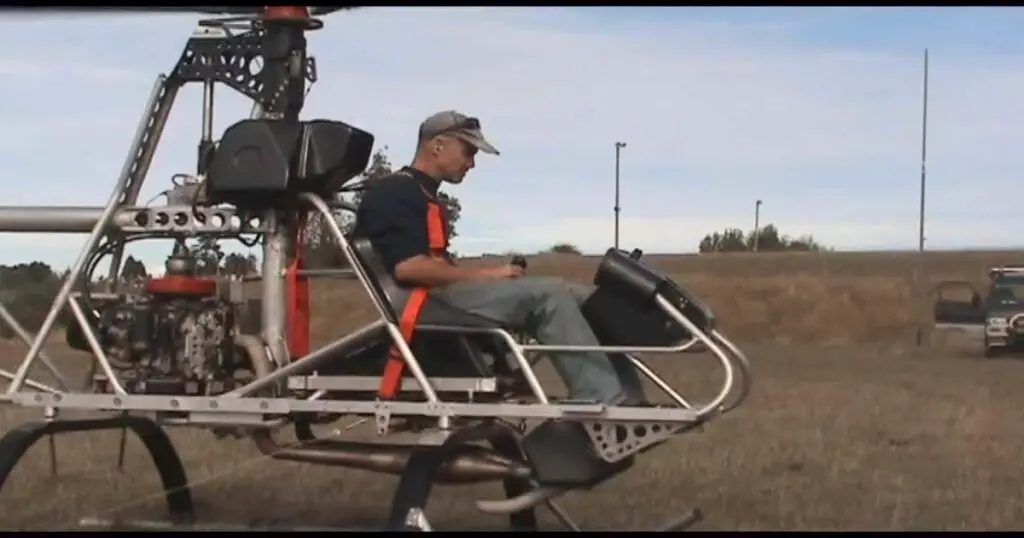
Top 5 Kits for Building Your Home Built Helicopter
If you’re ready to take on the exciting challenge of building your own helicopter, we’ve got you covered!
Whether you’re a beginner looking for an entry-level kit or an experienced builder seeking a more advanced model, there’s something here for everyone.
So let’s dive in and discover the perfect kit for you!
Explore Different Kit Options
There are various kit options available in the market.
These kits provide all the necessary components and instructions to assemble your aircraft from scratch.
Let’s take a closer look at some of the different options:
- Beginner-Friendly Kits:
- These kits are designed with simplicity in mind, making them ideal for those new to helicopter construction.
- They typically come with detailed instructions and pre-fabricated parts to ease the building process.
- Intermediate Kits:
- Intermediate level kits offer a balance between simplicity and complexity.
- They require a bit more technical knowledge and skill but still provide step-by-step guidance.
- Advanced Kits:
- For experienced builders seeking a challenge, advanced kits offer intricate designs and higher levels of customization.
- These kits often require more expertise and may involve additional fabrication work.
Compare Features, Specifications, and Prices
Before choosing a kit, it’s essential to compare features, specifications, and prices to ensure you make an informed decision. Consider factors such as:
- Engine type: Some kits may include specific engine models or allow flexibility in engine selection.
- Rotor system: Evaluate rotor design options such as single main rotor or coaxial rotor systems.
- Materials used: Assess whether the kit uses lightweight materials like aluminum or carbon fiber for enhanced performance.
- Payload capacity: Determine if the helicopter can carry the desired payload, whether it’s for personal use or professional applications.
- Price range: Compare prices to find a kit that fits your budget without compromising quality.
Insights from Customer Reviews
To gain insights into the performance and reliability of these kits, it’s beneficial to read customer reviews and experiences.
Consider factors such as ease of assembly, quality of components, and after-sales support. Here are some key points to keep in mind:
- Look for positive feedback on the kit’s instructions and overall build experience.
- Pay attention to any recurring issues or challenges mentioned by customers.
- Consider reaching out to fellow builders or online communities for firsthand advice and recommendations.
By carefully evaluating customer reviews, you can gather valuable information that will help you make an informed decision about which kit is right for you.
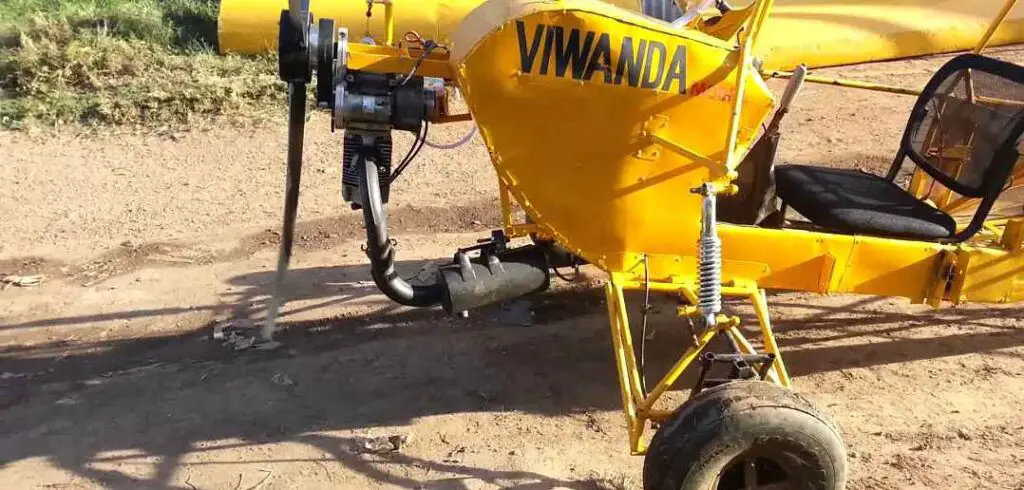
Safety Considerations for Home Built Helicopter
To ensure a safe and successful experience when building and piloting a home built helicopter, it is crucial to prioritize safety at every step of the process.
By understanding essential precautions, safety regulations, maintenance practices, and the importance of proper training.
You can mitigate risks and enjoy your homemade aircraft with confidence.
Understand Essential Precautions
When embarking on the journey of building a home built helicopter, it is vital to familiarize yourself with essential precautions. These precautions include:
- Research and Planning: Take the time to thoroughly research and plan your project before starting construction. Familiarize yourself with the necessary materials, tools, and techniques required for building a safe helicopter.
- Safety Equipment: Always wear appropriate safety equipment while working on your home built helicopter. This includes protective eyewear, gloves, and clothing that covers exposed skin.
- Workspace Safety: Ensure you have a clean and organized workspace free from clutter or hazards that could impede your progress or cause accidents.
Learn About Safety Regulations
Building an aircraft requires adherence to specific safety regulations to ensure its airworthiness.
It is crucial to familiarize yourself with these regulations before commencing construction:
- Certifications: Depending on your location, there may be certifications or permits required for operating a homemade aircraft. Research local aviation authorities’ guidelines regarding certification processes for home built helicopters.
- Inspections: Regular inspections are necessary to ensure the continued airworthiness of your homemade helicopter. Familiarize yourself with inspection requirements outlined by aviation authorities in your region.
Discover Best Practices for Maintenance
Proper maintenance is crucial for ensuring the longevity and safety of your home built helicopter. Here are some best practices:
- Regular Checks: Perform regular pre-flight checks before every flight to ensure all components are in optimal condition. This includes inspecting the rotor system, engine, controls, fuel system, electrical systems, and overall airframe.
- Maintenance Schedule: Establish a maintenance schedule that includes routine inspections, component replacements, and necessary repairs. Adhering to this schedule will help prevent potential issues and ensure your helicopter remains in top condition.
Understand Emergency Procedures
In the event of an emergency while piloting your homemade helicopter, understanding and practicing emergency procedures is essential. Here are some key considerations:
- Emergency Landing: Familiarize yourself with emergency landing techniques specific to helicopters. This includes identifying suitable landing spots and executing controlled landings in case of engine failure or other emergencies.
- Emergency Equipment: Carry essential emergency equipment such as first aid kits, fire extinguishers, and survival gear on board your home built helicopter. Ensure you know how to use them effectively.
Importance of Proper Training
Before taking flight in your home built helicopter, it is crucial to undergo proper training.
Seek out certified flight instructors who specialize in helicopters to receive comprehensive training on piloting techniques, safety procedures, and emergency protocols.
By prioritizing safety through precautions, adherence to regulations, meticulous maintenance practices.
Knowledge of emergency procedures, and proper training, you can enjoy the thrill of flying your own home built helicopter with confidence.
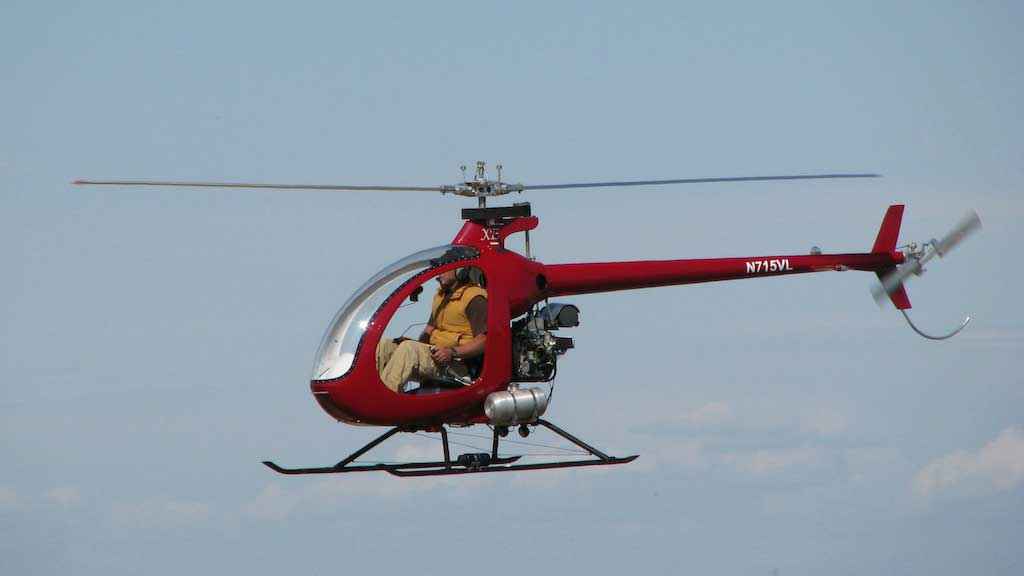
Essential Components for Your DIY Home Built Helicopter
To build a functional home-built helicopter, it’s crucial to familiarize yourself with the essential components needed.
Let’s explore these key elements and understand how they contribute to flight stability and maneuverability.
Airframe Structure
The airframe structure forms the backbone of your DIY helicopter. It provides support and houses all the necessary components.
The airframe needs to be sturdy yet lightweight to ensure optimal performance.
Materials like aluminum or composite materials are commonly used due to their strength and weight characteristics.
Rotor System
The rotor system is one of the most critical components of a helicopter.
It consists of the main rotor and tail rotor, which generate lift and control the aircraft’s movement.
The main rotor provides lift, while the tail rotor counteracts torque produced by the main rotor. Both rotors work together to maintain stability during flight.
Control Mechanisms
Control mechanisms allow you to maneuver your home-built helicopter effectively. These include cyclic control, collective control, and anti-torque pedals.
The cyclic control adjusts the pitch of each blade individually, allowing for directional movement.
The collective control alters the pitch angle simultaneously on all blades of home built helicopter.
Controlling overall lift or descent. Anti-torque pedals help manage yaw by adjusting the tail rotor’s pitch.
Engine
The engine powers your DIY helicopter and ensures it can achieve flight.
Depending on your preferences and budget, you can choose between various engine options such as piston engines or turbine engines.
Consider factors like power output, fuel efficiency, weight limitations, and maintenance requirements when selecting an engine for your project.
Transmission System
The transmission system transfers power from the engine to drive both rotors efficiently.
It consists of gears that transmit power at different ratios to cater to varying speeds required during flight operations.
Avionics
Avionics encompass electronic systems that aid in navigation, communication, and monitoring within your home-built helicopter.
These systems include instruments, radios, GPS units, and flight control systems. Installing reliable avionics ensures safe and efficient operation.
Sourcing Quality Parts
When building your home-built helicopter, it’s crucial to source quality parts from reputable suppliers.
Look for suppliers who specialize in aviation components and have a track record of providing reliable products.
Ensure that all parts meet the necessary safety standards and regulations.

Choosing the Right Materials for Your Home Built Helicopter
To ensure the success of your DIY home built helicopter, it’s crucial to choose the right materials.
The materials you select will impact the strength, durability, performance, maintenance, and cost of your helicopter.
Let’s explore some key factors to consider when making these important material choices.
Strength-to-Weight Ratio and Durability Requirements
When selecting materials for your home built helicopter, it’s essential to consider their strength-to-weight ratio and durability requirements.
The strength-to-weight ratio refers to how strong a material is relative to its weight.
In other words, you want a material that is lightweight but still capable of withstanding the stresses and forces experienced during flight.
- Pros:
- Lightweight materials can enhance fuel efficiency and overall performance.
- Strong materials ensure structural integrity and safety during flight.
- Cons:
- Lightweight materials may be more expensive or harder to source.
- Strong materials might require additional reinforcement or specialized construction techniques.
Aluminum Alloys or Composite Materials for Different Helicopter Parts
Different parts of a helicopter may require different types of materials.
For example, aluminum alloys are commonly used for structural components like frames and rotor systems due to their high strength and relatively low cost.
On the other hand, composite materials such as carbon fiber reinforced polymers (CFRP) offer excellent strength-to-weight ratios and are often used in areas where weight reduction is critical, such as rotor blades.
- Pros:
- Aluminum alloys provide good strength while being readily available.
- Composite materials offer exceptional strength-to-weight ratios for weight-sensitive parts.
- Cons:
- Aluminum alloys can be heavier compared to composites.
- Composite materials may require specialized manufacturing techniques.
Impact on Performance, Maintenance, and Cost
Your choice of materials will have a significant impact on various aspects of your home built helicopter.
Consider how different materials affect performance characteristics such as speed, maneuverability, and fuel efficiency.
Think about how easy or challenging it will be to maintain and repair your helicopter using the chosen materials. Finally, factor in the cost implications of each material choice.
- Pros:
- Certain materials can enhance performance attributes like speed and agility.
- Some materials may require less maintenance or be more resistant to corrosion.
- Cons:
- Performance gains might come at a higher cost.
- Materials with specialized maintenance requirements could increase overall expenses.
Sourcing Materials from Specialized Suppliers
When embarking on a home built helicopter project, it’s essential to source your materials from reputable suppliers who specialize in aviation-grade components.
These suppliers have the expertise and knowledge to provide you with high-quality materials that meet industry standards and regulations.
- Pros:
- Specialized suppliers offer materials specifically designed for aviation applications.
- They can provide guidance on material selection based on your specific needs.
- Cons:
- Materials from specialized suppliers may come at a higher price point.
- Availability of certain materials may be limited depending on your location.
By carefully considering factors such as strength-to-weight ratio, durability requirements, performance impact.
Maintenance considerations, and sourcing options, you can make informed decisions when choosing the right materials for your home built helicopter.
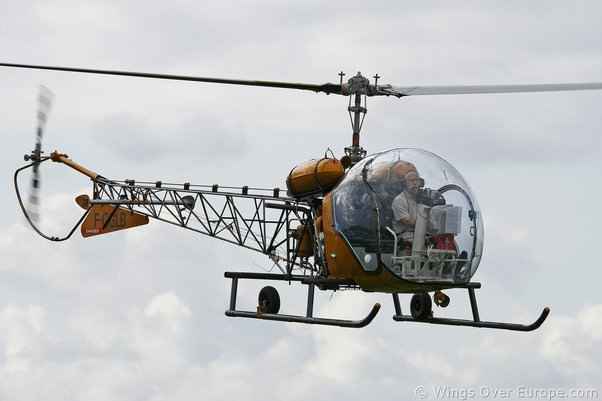
Engine Options for Powering Your Home Built Helicopter
Choosing the right engine is crucial. There are several engine options available that can power your DIY aircraft.
Let’s take a closer look at these options and compare their features, power output, fuel efficiency, maintenance requirements, and availability of spare parts.
Various Engine Options for Your DIY Helicopter
- Piston Engines:
- These engines are commonly used in helicopters due to their reliability and affordability.
- They come in different sizes and power outputs, allowing you to choose the one that suits your needs.
- Piston engines are relatively easy to maintain and have a wide range of spare parts available.
- Turboprop Engines:
- Turboprop engines provide more power compared to piston engines and are often used in larger helicopters.
- They offer better performance at higher altitudes and have excellent fuel efficiency.
- However, they can be more expensive to purchase and maintain compared to piston engines.
- Turboshaft Engines:
- Turboshaft engines are commonly found in commercial helicopters but can also be used in home-built ones.
- They provide high power output with smooth operation and excellent reliability.
- These engines require specialized knowledge for installation and maintenance.
- Electric Motors:
- With advancements in technology, electric motors are becoming a viable option for powering small helicopters.
- Electric motors offer quiet operation, zero emissions, and lower maintenance requirements.
- However, they have limited range capabilities due to battery limitations.
Factors to Consider when Choosing an Engine
- Weight and Size:
- Consider the weight limitations of your chosen airframe when selecting an engine.
- Ensure that the engine’s dimensions fit within the designated space of your helicopter.
- Power Output:
- Evaluate the power needs of your helicopter based on its size, weight, and intended use.
- Choose an engine that provides sufficient power for safe flight.
- Fuel Efficiency:
- Compare the fuel consumption rates of different engines to determine their efficiency.
- Opt for an engine that offers good fuel economy to reduce operating costs.
- Maintenance Requirements:
- Consider the maintenance needs of each engine type, including regular inspections and servicing.
- Ensure that you have access to qualified technicians and spare parts for your chosen engine.
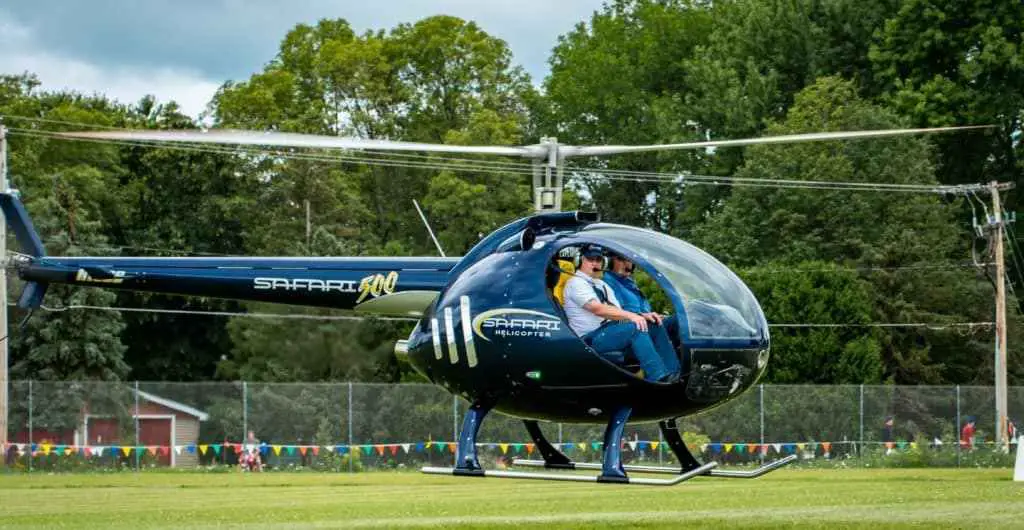
Adventure of Building and Flying Your Home Built Helicopter
Embark on an exciting journey as you build your own helicopter from scratch. It’s not just about constructing a machine;
it’s about fulfilling your dreams of flight and experiencing the thrill of piloting your creation in the sky.
Experience the satisfaction of seeing your creation take flight for the first time
Building a home built helicopter is no small feat, but the sense of accomplishment when you see your hard work come to life is truly unparalleled.
From assembling the airframe to installing the blades, every step is a testament to your dedication and skills as a builder.
As you put in countless hours of work, it’s important to stay patient and meticulous, ensuring that each component is properly installed and secured.
Once all the construction is complete, it’s time for one of the most exhilarating moments: taking off for the first time.
Picture yourself sitting in the pilot’s seat, feeling a mix of excitement and nervousness as you prepare for lift-off.
With careful precision, you throttle up and feel the rotor blades spinning faster and faster above you.
And then, with a burst of energy, your helicopter gracefully lifts off from the ground, defying gravity as if it were an eagle soaring through the sky.
Enjoy the freedom and thrill of piloting a homemade aircraft in the sky
As you gain confidence in flying your home built helicopter, you’ll discover a whole new world opening up before you. The freedom to explore new horizons from above is truly liberating.
Whether it’s cruising over picturesque landscapes or navigating through challenging maneuvers in mid-air, flying your own aircraft gives you an unmatched sense of control and adventure.
Flying a home built helicopter also allows you to tap into your creativity by customizing various aspects according to your preferences.
You can choose different paint schemes or add personalized touches that make your aircraft unique.
This level of customization adds another layer of pride and ownership to your flying experience.
Join a community of like-minded individuals who share your passion for aviation
Building and flying a home built helicopter is not just an individual pursuit; it’s also an opportunity to connect with a vibrant community of fellow enthusiasts.
By becoming part of this community, you gain access to a wealth of knowledge, support, and camaraderie.
Whether it’s seeking advice on construction techniques or sharing thrilling flight stories.
You’ll find that the helicopter-building community is always ready to lend a helping hand or celebrate your achievements.
Being part of this community opens doors to exciting events such as airshows and fly-ins where you can showcase your creation and interact with other pilots.
It’s an excellent way to expand your network, make lifelong friendships, and continue learning from experienced builders and pilots.
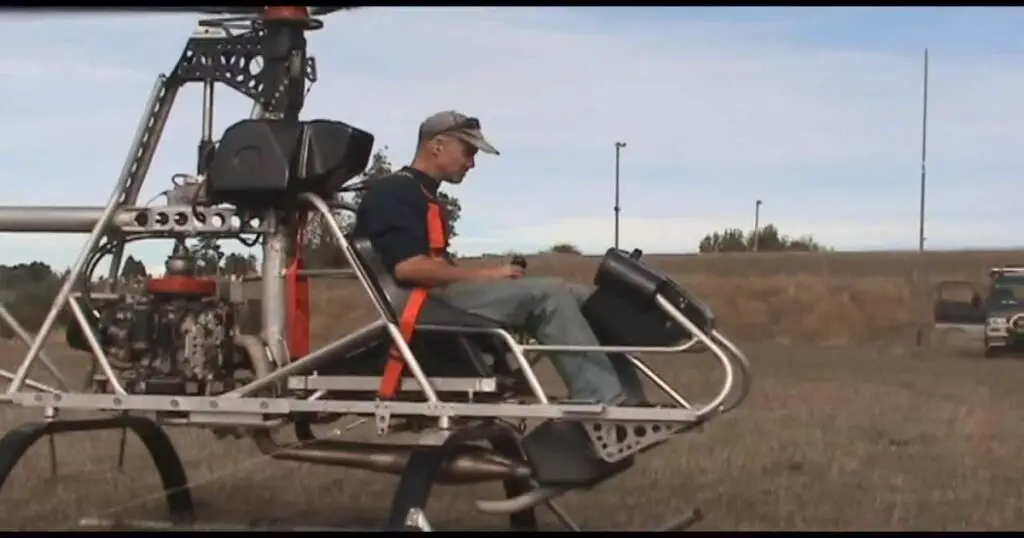
Maintenance for Home Built Helicopter
To ensure your home-built helicopter remains in optimal condition, it’s crucial to perform regular maintenance tasks.
This not only guarantees safety but also enhances the reliability of your aircraft.
Let’s explore some essential maintenance routines and troubleshooting tips to keep your helicopter flying smoothly.
Learn about Essential Maintenance Tasks
Maintaining a home built helicopter involves various tasks that require attention and care. Here are some key maintenance activities you should be familiar with:
- Regular Inspections: Conduct routine inspections to identify any potential issues or wear and tear. Check the engine, rotor blades, landing gear, controls, and other critical components.
- Fluid Checks: Regularly monitor and top up fluids such as oil, hydraulic fluid, and fuel. Ensure proper lubrication and fluid levels for optimal performance.
- Cleaning: Keep your helicopter clean by regularly washing the exterior surfaces to prevent dirt buildup that can affect aerodynamics.
- Bolt Tightening: Periodically inspect and tighten bolts throughout the aircraft to maintain structural integrity.
- Electrical System Checks: Verify the functionality of electrical systems, including lights, avionics equipment, radios, and navigation instruments.
Regular Inspection Routines
By following a regular inspection routine, you can catch any potential problems before they escalate into major issues:
- Pre-Flight Inspection: Before every flight, thoroughly inspect your helicopter using a checklist provided by a certified mechanic or manufacturer guidance.
- Post-Flight Inspection: After each flight, conduct a post-flight inspection to check for any signs of damage or abnormal wear.
- Annual Inspection: Schedule an annual inspection with a qualified mechanic who specializes in helicopters to ensure compliance with regulatory requirements.
- Component-Specific Inspections: Pay close attention to specific components such as the engine, transmission system, rotor blades, and landing gear during routine maintenance checks.
Troubleshooting Common Issues
Despite regular maintenance, issues may arise during the ownership of a home built helicopter. Here are some common problems and troubleshooting tips:
- Engine Troubles: If you experience engine-related issues such as rough running or loss of power, consult with a qualified mechanic to diagnose and address the problem.
- Electrical System Malfunctions: In case of electrical system malfunctions, check for loose connections, blown fuses, or faulty wiring. Seek professional assistance if needed.
- Rotor Vibration: Excessive vibration in the rotor system can indicate imbalances or damaged components. Consult an expert to identify and resolve the issue promptly.
Resources and Support
It’s essential to have access to reliable resources and support:
- Manufacturer Guidance: Refer to the manufacturer’s documentation for specific maintenance instructions tailored to your helicopter model.
- Certified Mechanics: Establish a relationship with certified mechanics who have experience working on home built helicopters. They can provide expert advice and perform complex repairs when necessary.
- Online Communities: Join online forums and communities dedicated to home built helicopters where you can connect with other owners, share experiences, and seek guidance on maintenance-related matters.
Conclusion
In conclusion, building a home built helicopter is a challenging yet rewarding endeavor.
The completed sections of this blog post have provided valuable insights into the feasibility, safety considerations, essential components, materials, engine options.
And maintenance required for your DIY project. We have explored the top 5 kits available in the market and discussed the adventure of building and flying your own helicopter.
Embarking on such a project requires careful planning, research, and dedication to ensure success. It is crucial to prioritize safety throughout every step of the process.
By choosing the right materials and components, following proper maintenance procedures, and adhering to safety guidelines, you can create a reliable and enjoyable flying experience.
If you are passionate about aviation and possess the necessary skills or are willing to learn them, building your own helicopter can be an incredibly fulfilling journey.
However, it is important to remember that this undertaking requires expertise and attention to detail.
Consider consulting with professionals in the field or joining online communities where experienced builders can provide guidance.
FAQs
1. Can I legally fly my home built helicopter?
Yes! However, before taking flight in your home built helicopter, it is essential to comply with all applicable regulations set by aviation authorities. Ensure that you obtain the necessary licenses and permits required for operating an experimental aircraft. Familiarize yourself with local airspace rules and restrictions as well.
2. How long does it take to build a home built helicopter?
The time required to build a home built helicopter varies depending on several factors such as your level of experience, available resources, complexity of the design chosen, and amount of time dedicated to the project. Generally speaking, building a helicopter from scratch can take anywhere from several months to multiple years.
3. How much does it cost to build a home built helicopter?
The cost of building a home built helicopter can vary significantly depending on factors such as kit selection (if using one), quality of components, and customization options. On average, the cost can range from tens of thousands to hundreds of thousands of dollars.
4. Can I fly a home built helicopter without previous flying experience?
Flying a home built helicopter without prior flying experience is not recommended. It is crucial to acquire the necessary skills and knowledge by obtaining a pilot’s license or undergoing appropriate flight training. This will ensure your safety as well as the safety of others while operating the aircraft.
5. Where can I find additional resources and support for building my own helicopter?
There are various online communities, forums, and organizations dedicated to home built helicopters that can provide valuable resources, support, and guidance throughout your project. These platforms offer opportunities to connect with experienced builders who can share their knowledge and offer assistance when needed.
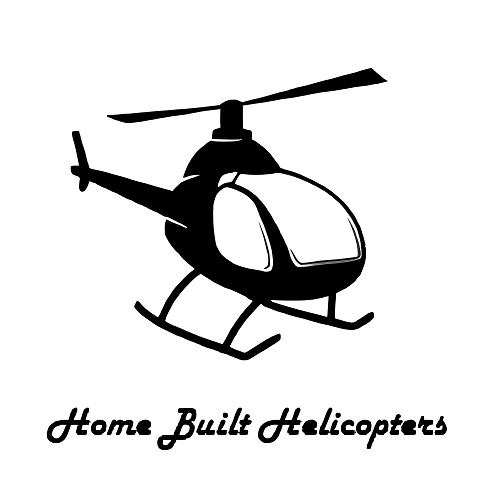

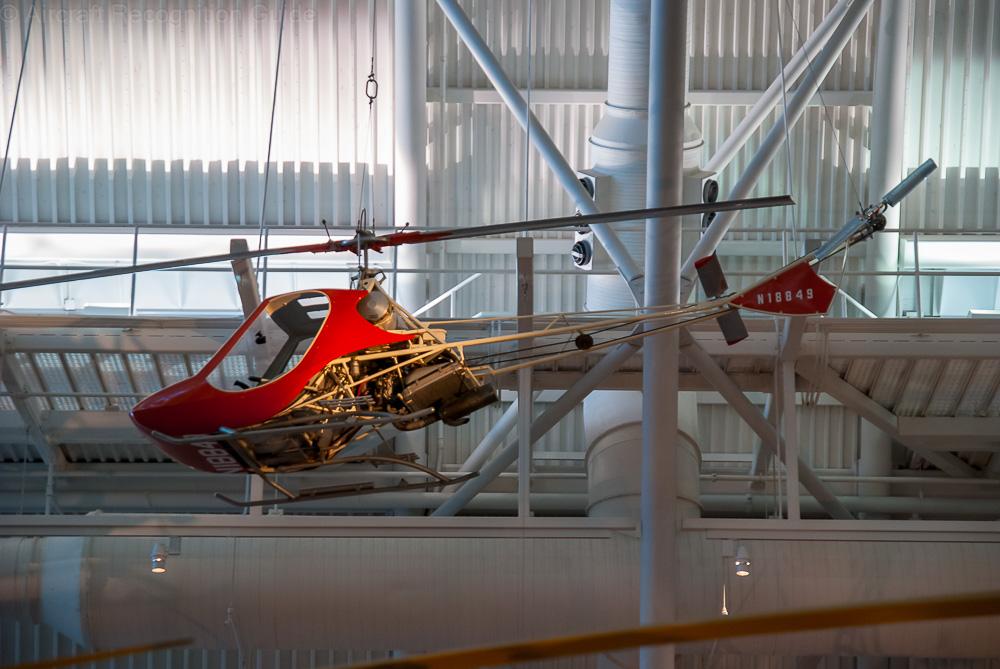


Leave a Reply